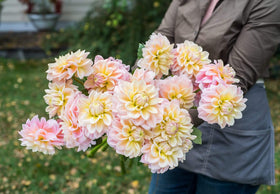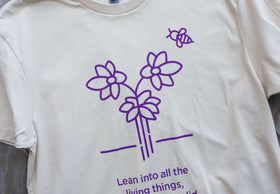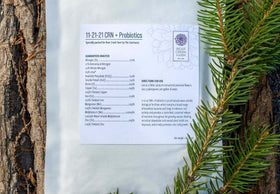We love the sound when we pinch a dahlia—that clear, clean snap. We press the central stem between our fingers and know we’re in the right place because the stem tells us. It doesn’t feel rubbery or resistant. It’s not a twist, not a tear. And it’s not that stretch of flexible, soft growth that slips away. It’s a quick, crisp break—right at the node—like the plant letting go. We do it by feel, and honestly, it’s satisfying. We don’t use snips or scissors because we want to get as close to the node as possible, and we want to feel the plant’s structure through our fingers.
Use Your Fingers
If the plant is anywhere from about 12 to 20 inches tall, fingers are usually best. There’s no set rule. Instead of relying on a tape measure, we rely on touch. Start by feeling from the third to the fifth set of leaves. You’re looking for that moment when the stem stops feeling stretchy and starts feeling ready. If it still feels rubbery—like you’d have to twist or tug—it’s probably not the right spot. Move down a bit. When it gives with a clean, satisfying snap, right at the node, you’ll know you’ve found it. It’s usually lower than people expect if your are pinching later in the season.
That snap isn’t just gratifying—it’s useful. What matters most is the snap tells you you’ve made a clean break. That helps the plant heal faster and reduces stress. Bends or tears slow things down. Using fingers also means no sanitizing tools between plants. It’s simpler, and it lowers the chance of spreading disease.
Why We Pinch
Pinching encourages dahlias to branch out from the spot where you remove the central growth tip. That one quick motion leads to a bushier plant, stronger stems, and a lot more flowers. Without pinching, some varieties grow straight up into a single tall stalk topped with one bloom—pretty, but limited.
Here’s what else pinching does:
• Encourages longer, thinner, more usable stems—especially if the pinch is deep
• Helps prevent flopping later in the season
• Spreads out blooming over time, rather than giving you a single burst
It’s one small action with outsized returns.
And If You’re Late?
No need to worry. People often ask, “Did I miss my window?” Probably not. If your plants are already over 20 inches tall, you can still pinch. You may even be able to use fingers if you find a soft lower node. If not, a clean tool will do the job just fine. The principle is the same.
In fact, a deeper pinch often improves structure, especially if you want longer stems for cutting. And the plant’s recovery time? Nearly identical. Whether you pinch at 12 inches or 24, expect about a week to ten days before new side shoots emerge. So if you’re standing in front of a row of tall, unpinched dahlias wondering if you blew it—go ahead and pinch anyway. The plant won’t hold it against you.
If There’s Already a Bud
Sometimes a tiny bud or even a boom appears at the tip just when you’re ready to pinch. It’s tempting to leave it—it’s your first bloom, after all. But don’t. That early flower pulls energy to the top of the plant, exactly where you don’t want it. It diverts strength from the rest of the structure. Take it off. Bud and all. It’s not a loss—it’s a setup for a better season.
Pinching is one of our favorite tasks on the farm. Maybe because it feels like we’re working in unison with the plant, helping shape a better, fuller future for it. There’s a rhythm—walking the rows, counting the leaf sets, catching the clean snap—that settles in.
It’s a moment of small connection. We’re helping the plants become their best selves, and there’s something both steady and gratifying about it. It feels like the natural order of nature, and it opens space for reflection, even as our very busy season presses on.





Your flowers are so beautiful. I was shocked when I first learned about pinching. What a huge difference it makes!!